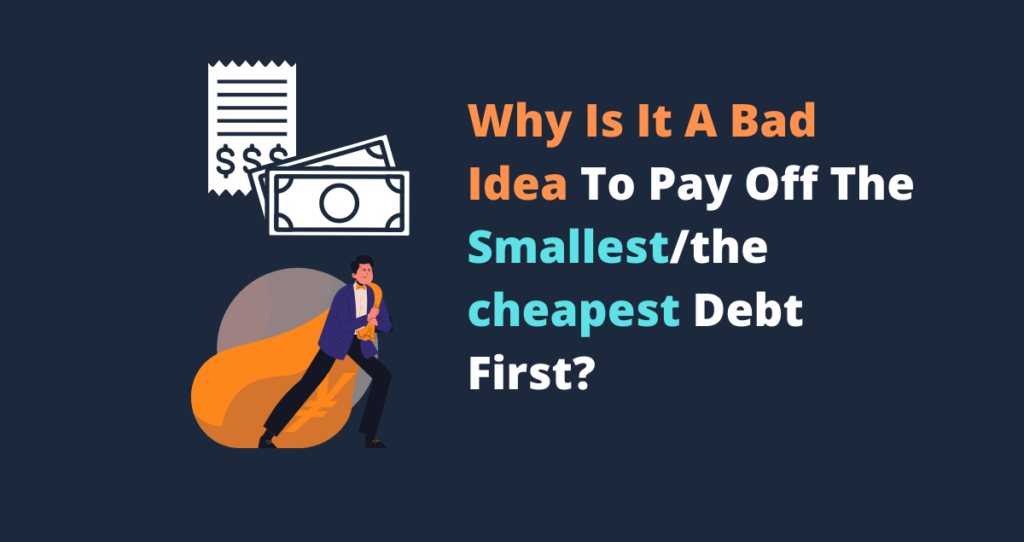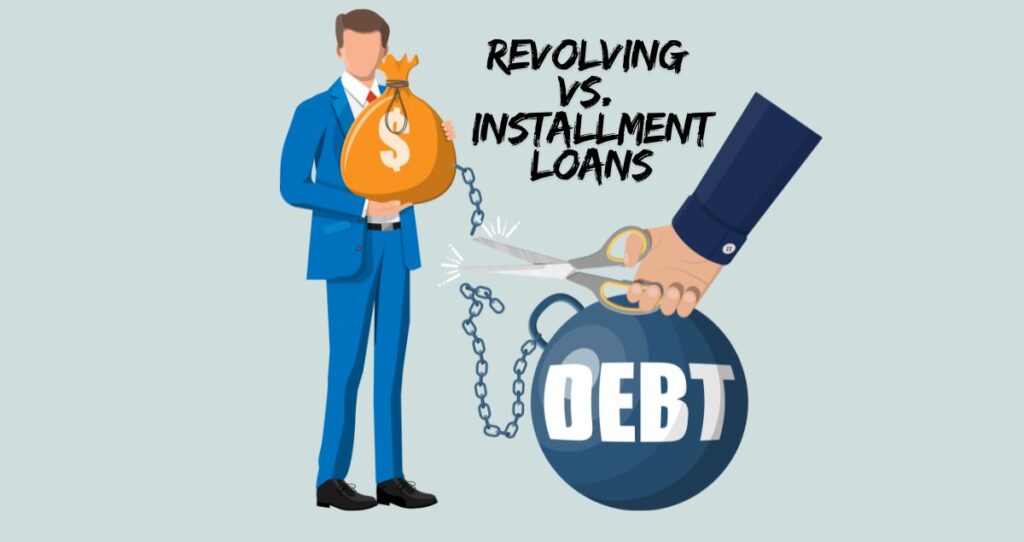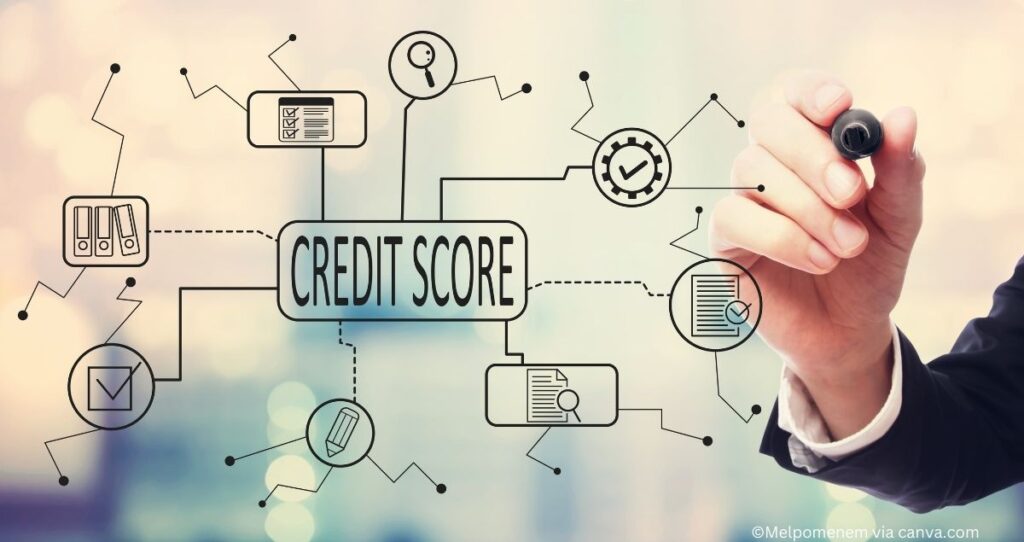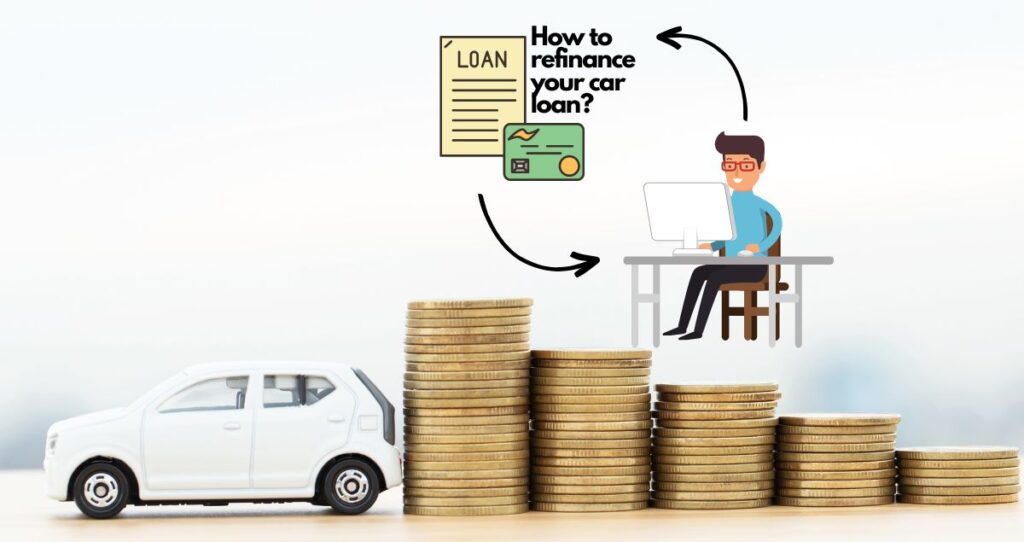Getting a personal loan is a fast way to access cash especially when facing emergencies like a home repair, an expensive medical bill, or wanting to consolidate your high-interest loans. To get a personal loan at a lower interest rate and better terms, all you need is a 720 or higher credit score, proof of income, a lower DTI ratio, and submitting a loan application.
It is easy to get a personal loan and the process is rather simple when you have all the information lined up. Most lenders will approve you between $1,000 to $50,000 in personal loans. But, if you have an excellent credit score and a high income, the lender might approve your loan application up to $100,000. How much you can borrow in personal loans depends on your financial profile and the lender.
Here are 8 simple steps to get a personal loan and qualify for a lower interest rate and better terms.
1. Know how much you want to borrow
Before you get a personal loan, you must evaluate how much you want to borrow. You come to this value by assessing the nature of your project. For example, if you are getting a personal loan to repair a leaky roof, work with a contractor to estimate how much the entire project will cost.
You don’t want to take out $5,000 and later go back for $10,000 more. Knowing how much you need to borrow also prevents you from borrowing more than you need.
2. Check your credit score
Your credit score is one of the most important factors affecting your loan approval and interest rates. A good credit score allows you to qualify for more money at lower rates and favorable terms. To get a personal loan, first check your credit score. You can find information about your credit score from free online credit providers such as CreditKarma or inside your credit card account online. You can also pay to check your credit score from one of the major credit reporting agencies including Experian, Equifax, or TransUnion.
Different categories of credit scores
- Excellent credit score: 720 or higher. With an excellent credit score, you will qualify for a higher amount at a lower interest rate.
- Good credit score. 690 to 719. With a good credit score, the interest rate will be low and the terms of your loan will be reasonable.
- Fair credit score: 630 to 689. With a fair credit score, the interest on the loan will be higher and the terms will be stricter.
- Poor credit score. 580 to 629. With a poor credit score, most lenders will not approve you for the loan.
- Very good credit score: 300 to 579. Most lenders will reject your loan application for a credit score in this range.
If you are getting a personal loan, you should at least have a 720 credit score. Lenders prefer borrowers in this category as it shows they are financially responsible and pay their bills on time. In other words, people with high credit scores qualify for the lowest interest fates as they pose fewer risks to lenders.
Read more: How to get an 800 credit score the easy way?
3. Estimate your loan monthly payments
Before you get a personal loan or apply for one, you need to know how much your monthly payments will be to check the loan affordability. You can estimate your payments based on the amount you want to borrow. For example, let us assume you want to borrow $50,000 to do an expensive home renovation.
Depending on your credit score, you can easily estimate how much your monthly payments will be using a free online loan calculator.
To have an accurate estimation, include all costs such as origination fees, application processing fees, pre-payment fees, etc. After knowing all these fees, subtracting them from the total loan amount closing fees are paid upfront.
You can also use your credit score to calculate the average APR on the loan. Again, this value will not be 100 percent accurate. But, it will give you a general idea of what to expect. According to Bankrate, for example, if your credit score is between 720 and 850, your APR will be 10.73%-12.50%.
Assuming you will pay 11% in APR and your net proceeds are $45,000 for a 5-year loan term, your monthly payment will be $978. Can you afford $978 in monthly payments for 5 years on top of existing expenses? If yes, proceed with your loan search. If not, borrow less money or wait a little longer to boost your savings before taking out a personal loan.
4. Get pre-qualified from different lenders
The biggest mistake you can make when taking out a personal loan is to apply for one provider and go with it. Even if you like your bank so much, you should always get pre-qualified by multiple lenders and pick the best one.
This is because loan approval rates and requirements differ from one lender to another. So, by shopping around and getting prequalified, you increase your chances of getting a personal loan with the best terms. For example, one lender can give you more money while another can give you a lower interest rate. If paying a lower interest rate is more important, the second lender will be the best choice.
Here are tips to get prequalified for a personal loan.
- Find the lender you want such as a bank, credit union, or online lender.
- Call the lender or submit the pre-approval form online
- Provide personal information such as name, income, employment status
- Include the amount you want to borrow
- Do not allow the lender to run a credit check as it will result in a hard inquiry on your credit report.
You might also like: 13 things to do if you get denied a personal loan
5. Pick the cheapest lenders
As a consumer, you must qualify for a personal loan at the lowest interest rate and better terms. Yes, your credentials will determine how much loan you qualify for and the interest rate you pay. But, you should always compare different lenders and pick a loan provider with the best terms possible.
After shopping around for different loan providers, and getting pre-qualified, take the time to compare multiple offers. For example, if you need more money, pick a loan that gives you more money assuming that interest rate and terms align with your financial goals.
On the other hand, if fees are a big deal for you, pick a lender with fewer fees. Always scrutinize the loan offer before making a final decision.
6. Get your documents ready and submit a loan application
Before you get a personal loan, you must prove your identity and provide the required documents. For example, the lender must know if you can afford your monthly loan payments. For this reason, proof of income will be necessary when completing the application. The lender will also need to know if you are who you say you are. For this reason, proof of identity is necessary to process your loan application.
Here are the documents you might need to get a personal loan.
- Proof of identity. Lenders require identification documents to verify who you are. Depending on the lender you might need to provide a passport, Social Security Card, State ID, Driver’s license, etc.
- Proof income. To get a personal loan, you need to provide proof of income as it shows you can afford your monthly payments. You can either provide bank statements, tax returns, or pay stubs.
- Proof of address. Having proof of address is a requirement when you want to get a personal loan. To verify your address, lenders require either a lease agreement for renters, utility bills, or other documents that prove you live there such as a bank statement.
7. Read the fine print
Fine prints are conspicuous details on your loan application that define the fees, terms, and conditions of the loan. Under fine print, you will find interest rates, fees, APR, monthly payments, etc.
The following is common information to watch out for on your loan application.
- Annual percentage rate(APR). The APR is the total cost of the loan expressed as a percentage. While you might qualify for a lower interest rate, the APR will be much higher as it includes fees and extra charges on the loan. Usually, personal loan APRs range between 10.7 to 32 percent based on your credit score, according to Bankrate.
- Fees. Most personal loan issuers charge fees ranging from late payment fees, origination fees, prepayment fees, etc. To get the most out of your loan, find a loan provider who does not have most of these fees.
- Late payment fees. Your loan will come with a fee when you make a late payment
- Insufficient fund penalty. If you set up an automatic payment for your monthly payment, you might be subjected to insufficient fund fees if your check bounces. Additionally, watch out for overdraft fees. Usually, overdraft fees happen when you pay with your checking account without sufficient funds. Most banks charge between $25 to $50 in overdraft fees.
8. Close the loan by signing the loan agreement
The last step in getting a personal loan is signing the loan agreement and receiving your funds. If everything goes to plan, you should receive your funds on the same day or within a week. It all depends on the lender. Your lenders will also go through important details you need to remember such as the exact loan monthly payment, your interest rates, fees, APR, when to make payments, etc.
After receiving the loan, your first payment will be due 30 days after receiving the money. You can also negotiate the date you want to make payments.
At closing, you will also need to pay closing fees, including origination fees, application processing fees, etc. Personal loan closing fees usually range between 1% to 6% of your borrowing amount. If you don’t have closing costs, the lender could add them to your loan and have you pay them over time. Note that adding closing costs to your loan will increase the loan amount resulting in higher monthly payments.
What is the average APR on a personal loan?
According to Bankrate, the average personal loan APR can range between 10.73 to 32% based on credit score. Here is a table showing how different credit scores result in different APRs.
| Credit score | Average loan interest rate |
| 720–850 | 10.73%-12.50% |
| 690–719 | 13.50%-15.50% |
| 630–689 | 17.80%-19.90% |
| 300–629 | 28.50%-32.00% |
How much can I borrow in personal loans?
Depending on your credit score, income, DTI ratio, and the lender, you can borrow between $1,000 and $50,000. If you are getting a personal loan from your bank or lending institution you have a good history with and have an excellent credit score, you can borrow as much as $100,000 in personal loans.
When does it make sense to get a personal loan?
While it might sound like a good idea to get a personal loan, you should borrow only when it makes to borrow. So, when does it make sense to get a personal loan? Here are instances when getting a loan will make sense financially.
- During emergencies. If you have a sudden medical bill, need an immediate home repair, etc.
- Debt consolidation. You can take out a personal loan to consolidate high-interest debts such as credit card debts.
- You want to build a credit history. Credit history is essential when taking out loans. A personal loan can help you build credit and improve your credit score.
While there are other instances when people get personal loans, you should avoid unnecessary loans. For example, if you are taking out a personal loan for a wedding, you are probably not supposed to be getting married. If you have to get married, have a cheap wedding. On the other hand, if you are taking out a personal loan for your vacation, you are making a financial mistake. It does not make sense to pay double digits in interest so that you can travel.
How long do I have to pay off a personal loan?
The personal loan term refers to the time it takes a loan to be paid off completely when making scheduled monthly payments. The term affects how much you pay in interest charges and your monthly payments. Personal loan terms usually range between 5 to 10 years.
A longer term means your monthly payments will be lower but the loan costs you more in interest charges. On the other hand, shorter loan terms, meaning your monthly payment will be higher but the loan will cost you less in interest charges.
More loan tips
How to get out of credit card debt fast?
What is a cosigner for a loan: Pros and cons of cosigning loans?









